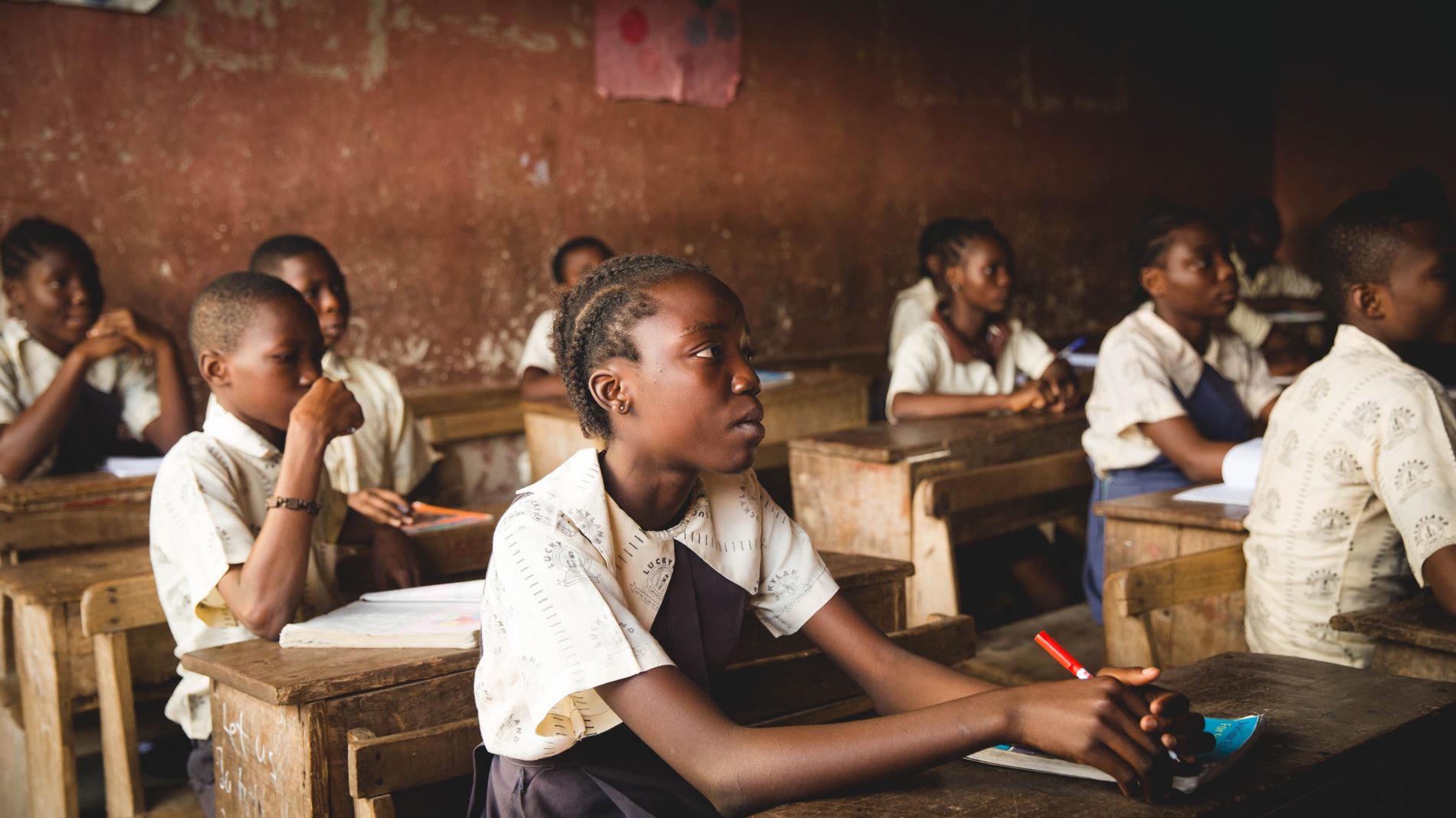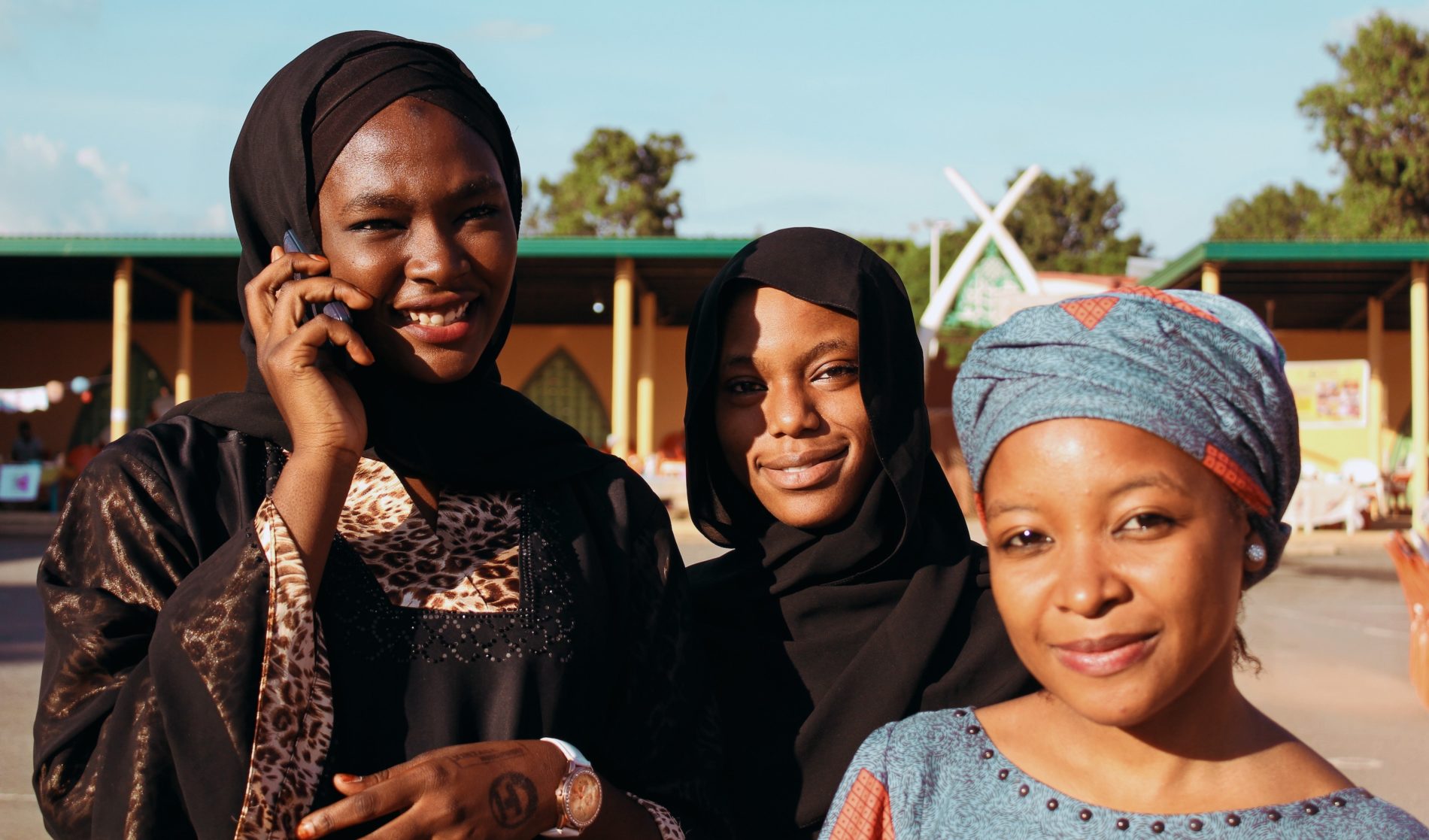Higher education in Nigeria is hitting the wall of demographics. Nigeria has the largest population of black people in the world with current estimates ranging from 166 to 199 million people. It also has one of the world’s most youthful populations. And, as a result, a large number of university entrants. In 2018, 1.6 million people registered for the Joint Admissions Matriculation Board (JAMB) UTME entrance examinations into universities across the country. Yet, for a long time applicants have always outstripped available admission spaces.
Nonetheless, most Nigeria’s youth are educated in its 43 federal-owned and 47 state-owned public universities as opposed to a growing minority educated in its 75 private universities (recently the government approved establishment of 8 more private universities). The reason for this is not far-fetched. Public universities are significantly cheaper as tuition costs, infrastructural developments and staff salaries are heavily subsidized by the federal government.
However, as Nigeria’s population increases exponentially – the Brookings 2019 Foresight Africa report calls it “a demographic tidal wave” – the Nigerian government has been unable to adequately fulfill its financial duties. This has led to perennial face-offs between the government and the Academic Staff Union of Universities in Nigeria (ASUU) to improve grossly deteriorating infrastructural, teaching and research standards and to forestall the total collapse of the public education system which educates millions of Nigerians.

Photo credit:Photo by Doug Linstedt on Unsplash
Recently, on February 7, 2019, ASUU called off a three-month long industrial strike which began on 4th November 2018 over the non-fulfillment of a 2009 agreement aimed at revitalizing Nigeria’s public university system. Earlier in 2013, ASUU and the Nigerian government had agreed to release N1.3 trillion over a five year period to ensure adequate funding of public university education. Regrettably, only N200 billion has been released since 2013 provoking the latest protracted strike. Small wonder that only two Nigerian public universities emerged in the Times Higher Education 2018 top 1000 universities ranking, with a private university leading the pack of three.
No doubt public universities in Nigeria need more government funding to build critical infrastructure, create a world-class learning and teaching environment and support ground breaking research. However, there is a huge gap between the expected annual income and the expected expenditure. So, while Nigerian universities await government action, they must increase their annual internally-generated revenue (IGR), and they need to do so outside yearly increases in student fees and levies which many students can scarcely afford.
Additional funding outside the aforementioned sources will distinguish Nigerian universities on the road to world-class standards from those that will remain stuck in a rot. Increased funding will significantly improve the quality of research in Nigerian universities, provide top-notch learning and teaching environments and attract the best students and academics from Nigeria and around the world.

Photo credit: Adeboro Odunlami on Unsplash
There are many ways to educate tomorrow’s leaders and make higher education both accessible and affordable. But one extremely important yet overlooked way to bridge the gap between funding expectation and funding reality is through alumni donations.
Alumni donations in Nigeria are not new and have been a consistent means of generating funds for educational institutions. Yet, the only level of education that enjoys massive financial and material support from their erstwhile students is the mission and government-owned secondary schools.
A prime example is the Federal Government College, Enugu, a co-educational day and boarding school facility located in southeast Nigeria. It was established by military decree in 1973 as one of many secondary schools seeking to foster unity among Nigerians of different ethnic, lingual and religious stock. Alumni all over the world have continuously combined financial, intellectual and professional resources to make a huge difference in the fast deteriorating infrastructural and teaching resources of their alma mater. A notable example was the 2018 Rainwater Harvesting project commissioned to solve the perennial water problem at the school campus.
Yet, at the university level, these coordinated efforts are less common. Other examples include the various endowed prizes and scholarships and teacher training initiatives provided to support the efforts of the Nigerian government. So, it is no longer reasonable for alumni of the public universities in Nigeria to believe that the Nigerian government is financially capable of funding all aspects of higher education from paying staff salaries to heavily subsidizing student fees just because the institutions are publicly funded.

Photo credit: Muhammadtaha Ibrahim on Unsplash
The University of Oxford provides a recent example of what can be done to raise funds. It is a publicly funded university yet over the centuries philanthropic gifts have supported students, endowed scholars and provided buildings till date. In 2005, the university launched the Oxford Thinking campaign – “the most sustained, coordinated fundraising effort ever undertaken by a European university”. The campaign goal, which grew to £3 billion with no time limit, will “guarantee the future of Oxford, building on the base of the more than 800 years of achievement.” Oxford’s priorities include providing exceptional facilities, supporting graduate education and competing for the best talent across the world. Upon graduation, former students receive regular post and emails urging them to help make a difference in the lives of future Oxford students.
By 2016/17, the campaign had raised £119 million. Currently, they have raised a total of £2.66 billion through donations obtained through post, phone, wills, and, stocks and shares.
However, there are challenges, and, to the extent possible, every effort must be deployed to meet them, or at least minimize them.
First, poor record keeping means that universities are unaware of the location and current occupations of their graduates. So, any modern campaign to reach the millions of potential givers across the globe will prove challenging unless it starts with good record-keeping. Institutional social media accounts can help but they will not reach everyone.
Second, as a result of poor student encounters including unsatisfactory student experience and weak learning environments, the relationship between graduates and their institutions is likely to be frosty. That is a priority area for improvement.
Third, the regrettable absence of functioning and efficient career service units deny intending graduates better chances of acquiring decent post-graduation jobs which in turn limits their ability to give back to their former institutions. Setting up functioning and effective career service units are a must.
Finally, there are few opportunities for alumni to connect to the university post-graduation in form of social media, university publications and even alumni retreats. Of all the challenges, this is probably the easiest to meet.
In conclusion, I believe public universities in Nigeria can considerably increase their funding through their alumni. Nigeria has the power of numbers to accomplish this feat. Let’s first find them, engage them, then unleash the financial floodgates.
EDITOR’S NOTE: The opinions expressed here by Impakter.com columnists are their own, not those of Impakter.com. Cover photo credit:Temitayo Aina on Unsplash









